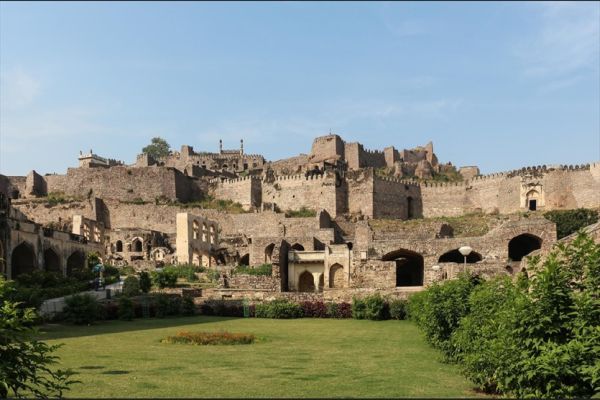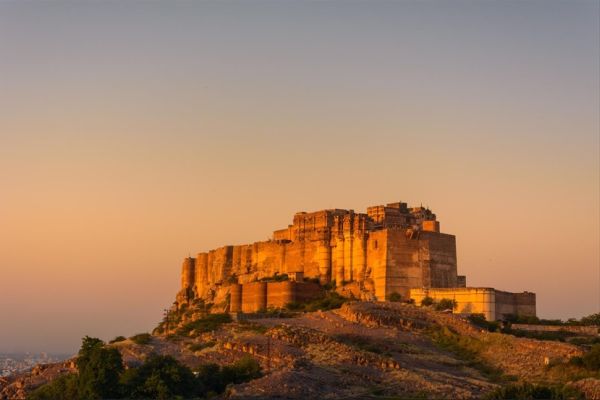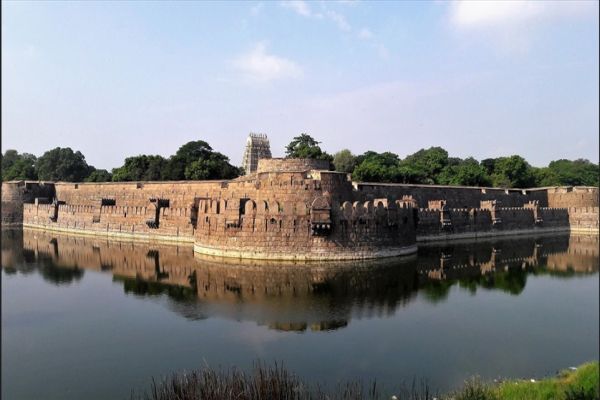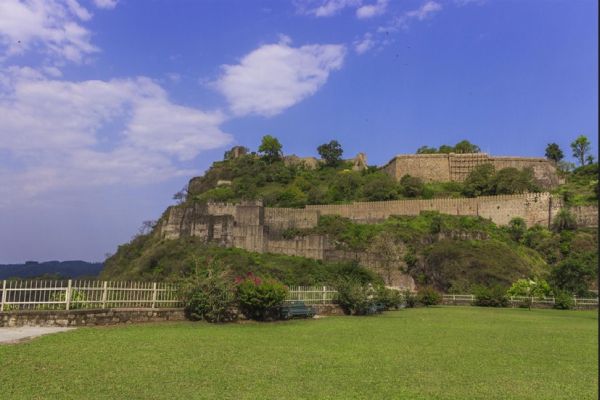Standing guard
- POSTED ON: 9 Mar, 2019
- TOTAL VIEWS: 874 Views
- POSTED BY: Madhuvanti S. Krishnan
- ARTICLE POINTS: 150 Points
Forts have been symbols of protection, regal splendour, and even intrigue. They have encaptured within their walls, the secrets of the kingdom and the architecture showcasing their culture, taste, and style. Let’s look at some of them.

Golkonda Fort, Hyderabad, Telengana
The original Golconda Fort, known as Mankal, was constructed during the Kakatiya empire, when a shepherd boy discovered an idol on the site. The initial structure was made of mud, and later expanded by rulers like Rani Rudrama Devi, and the Qutb Shahi Empire. Situated in the western part of Hyderabad, about nine km from the Hussain Sagar Lake, the fort retains its magnificent halls, stables, four drawbridges, and mounted cannons. One of its main attractions is the Fateh Darwaza (Victory Gate), named after Mughal emperor Aurangzeb captured the fort after a siege of over eight years. This fort also holds the distinction of having mines that produced the Hope Diamond and Darya-i-noor, among others. Today, this fort comes to life with the light-and-sound show, every evening, where snippets of its past take us on a fascinating journey.
Quick quiz:

Mehrangarh Fort, Jodhpur, Rajasthan
Mehrangarh Fort, one of the largest in the country, looms over Jodhpur from atop a rocky hill. It was built by the Rathore Rajputs. King Rao Jodha began constructing the fort in 1459, when he established his capital in Jodhpur. However, the work was completed only in the 20th century. Because of this long span of years, the fort has diverse architecture. The Mehrangarh fort continues to be maintained by the royal family, as a tourist destination. There are a series of palaces, restaurants, and even museums within the fort. Acclaimed music festivals are hosted here. An example of this is the World Sacred Spirit Festival held every year, in February.
Quick quiz:

Vellore Fort, Tamil Nadu
This was once the seat of the Aravidu dynasty of the Vijayanagara Empire. It passed through many hands — from the Vijayanagara kings, the sultans of Bijapur, the Marathas, the Carnatic Nawabs, to the British, until India became independent. In 1806, the first uprising against the British broke out here. The British commander-in-chief of the Madras Army had prescribed a new round hat for the sepoys, to replace their turbans. He insisted on the removal of beards, caste markings and jewellery. The sepoys considered these orders to be offensive to their religious beliefs. The situation took a turn for the worse when the hat included a leather cockade, made from cow hide. On July 10, before sunrise, the sepoys stationed in the fort attacked the European barracks, and by late morning killed 15 officers, 100 British soldiers and ransacked their houses.
Quick quiz:

Kangra Fort, Himachal Pradesh
The fort is said to be built around 3,500 years ago by Maharaja Susharma Chandra, a descendant of the Katoch dynasty. It is supposed to have had a great quantity of gold, silver, precious stones and pearls ever to be collected in a royal treasury. Little wonder that it was plundered and came under siege innumerable times by Mahmud Ghazni in 1009, Firuz Shah Tughluq in 1360, and Sher Shah in 1540. Akbar laid siege to it but could not conquer it. It would be his son, Jahangir who would have that success. The British took it over in 1846 after the Sikh war.
Quick quiz: